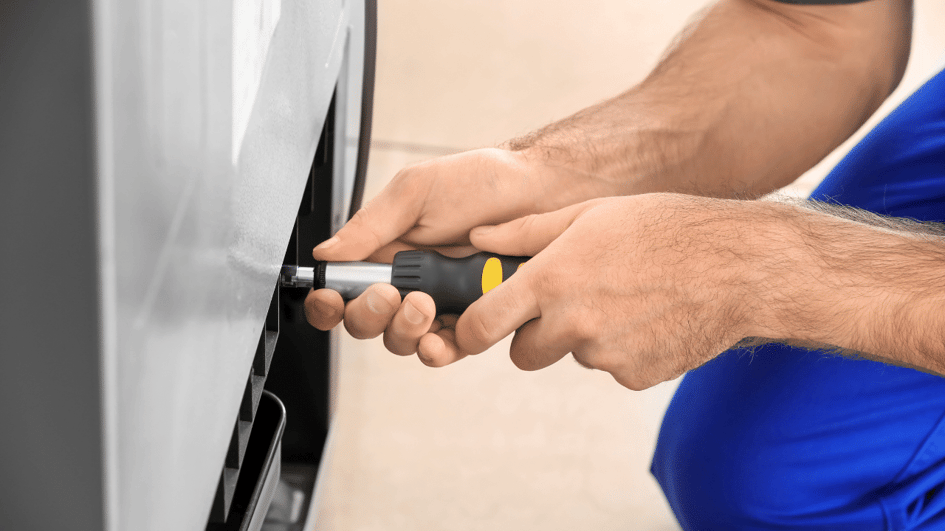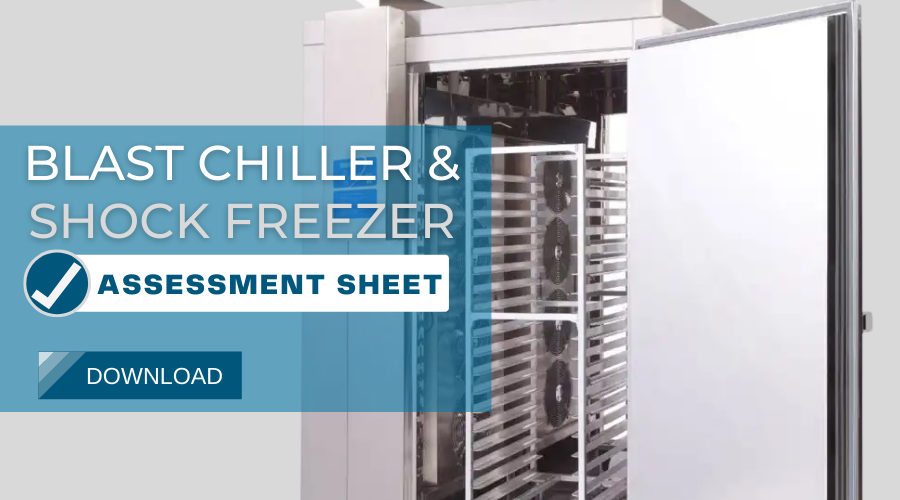
Blast chillers are one of the many turnkey solutions when it comes to the foodservice industry. They are helpful when it comes to reducing food waste, saving energy, and increasing productivity.
Like any equipment, they require maintenance. Fortunately, maintenance on a Thermo-Kool blast chiller is simple and can be done with ease.
PROTECT YOUR COILS
Just as you clean any other piece of equipment, regularly maintaining and cleaning your blast chiller will help you get the best usage of the equipment. To better maintain a cleaning practice for them, schedule a routine service time for technicians to come out and deep clean the equipment. This can assist in keeping the built-in coils in your chiller functioning at high-quality levels. It can also help protect stored food so that bacteria and molds don't surface.
If you notice your chiller isn't working at its usual rate, contact us to have a technician check your coils.
REDUCE SPILL DAMAGE
Accidents are human nature, which means as much product that gets passed through your blast chiller, there is bound to be a spill at some point. With traditional blast chillers, a spill could be a disaster for the delicate electrical components beneath the unit. It only takes the smallest amount hitting the wrong hardware to prompt a call to a service company. But not with Thermo-Kool blast chillers.
Thermo-Kool blast chillers help you avoid spill damage by being the only company to manufacture a top-mounted refrigeration and electrical compartment for self-contained units. This feature not only allows for easy service access, but it gives you ideal access to the controller, improves airflow through the condensing unit, and eliminates heat transfer inside the cavity.
CHECK YOUR DOORS
Blast chillers are designed to maintain a cool chamber at all times, even when not being used. This is to maintain a level of consistency so that the appliance is always operational when needed. Unfortunately, staff may frequently leave the door open and unattended between cycles, which can damage the chiller by causing it to overwork. Should this happen, you may need a technician to service and provide high detail maintenance to get it back up and running on a normal scale.
We recommend that you routinely remind staff of the importance of closing the doors to protect your cool chambers.
CLEANING ROUTINES
Cleaning a blast chiller once a month or once a week isn't efficient in keeping things sanitary. Blast chillers require daily, routine cleaning to ensure you maintain the quality of stored food. Now, you don't have to deep clean the chiller every, single day, but cleaning up things like spills immediately can help protect the internal environment and prevent bacteria from building up.
When you're cleaning, avoid using harsh and abrasive cleaning supplies as this can be damaging. Heavy chemicals can also cause corrosion, so try to stick to hot soap and water and occasionally use diluted or mild bleach for heavy cleaning. Avoid the use of water on the control panel and around any electrical components.
Is a blast chiller right for your operation?
We've put together a simple Blast Chiller and Shock Freezer Assessment Sheet to help you determine how much your commercial kitchen could benefit from these capabilities. Download the sheet today, complete five simple questions, and rate your operation on how useful blast chilling can be.
